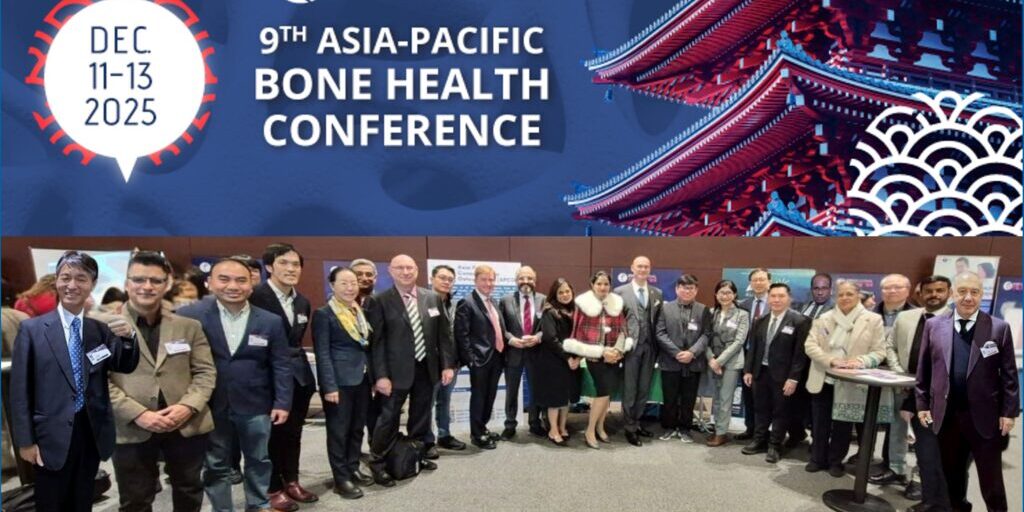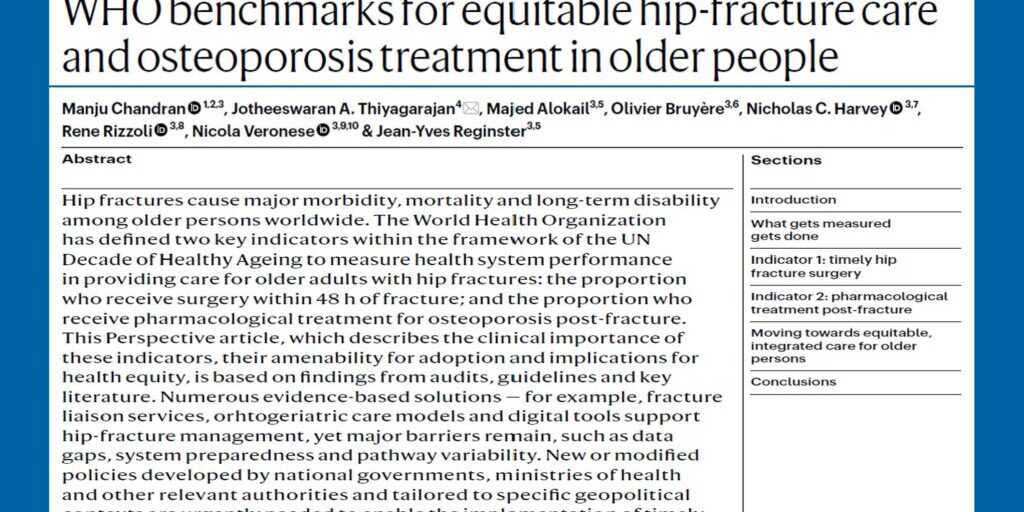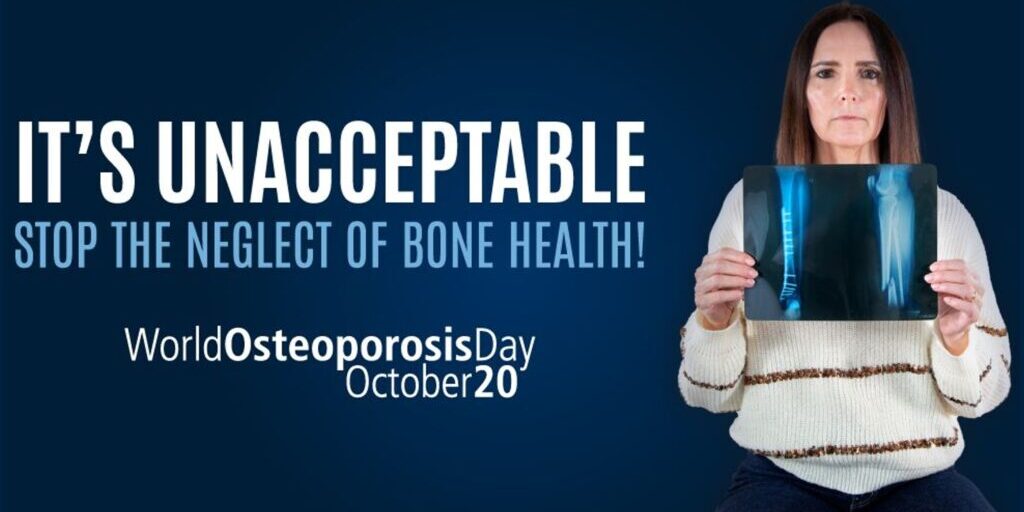“Goal Directed Therapy” (GDT) is a patient care approach designed to improve patient outcomes, and is well established following its initial introduction in critical care. In areas such as rheumatoid arthritis and diabetes, GDT is commonplace, with evidence to support its benefit.
The question of how GDT can be applied in the management of the patient with osteoporosis, is a vexing one. Once the challenges in identification, investigation and diagnosis have been addressed in those at risk of fragility fracture, long-term adherence to therapy remains a significant challenge that hinders realisation of long-term treatment benefits. It is feasible that a GDT strategy, with patients at the centre of decision making/goal setting, and a clearly defined treatment journey, might improve engagement, acceptance of, and adherence to therapies and outcomes. This has been an area of recent interest, with societies such as ASBMR-NOF forming working groups and producing position statements, editorials and opinion pieces. It was also the subject of a debate at the most recent virtual ASBMR meeting.
The principles of GDT are simple: identify a goal for therapy in consultation with a patient, base the treatment choice on the likelihood of achieving that goal, and regularly assess progress, making therapeutic changes as necessary.
Seemingly simple as this may sound, what can constitute a “goal” for therapy in osteoporosis? Logically, freedom from fracture is the ultimate goal, but as most patients will not fracture, and there are no “intermediate steps” to gauge achievement, this is not a practical goal.
- What about estimated fracture risk as a goal? Tools such as FRAX and the Garvan Fracture Risk Calculator have been shown to predict fracture risk in untreated populations, but lack validation to assess fracture risk on treatment, and may lack the sensitivity to show a meaningful change with treatment. Also, ageing, an inevitable phenomenon for all, will increase these estimated fracture risks and cannot be addressed fully with even the best of therapies.
- While bone turnover markers as an achievable goal may seem intuitively appealing, the patterns of changes seen in formation or resorption markers vary between therapies, and even during a course of treatment, or one dosing cycle with an individual. This presents a real challenge, and is difficult to communicate to physicians and patients.
- The ASBMR-NOF working group suggests that for patients whose BMD T-score at time of initiation of therapy is <-2.5, a goal of BMD T-score >-2.5 at the same site can potentially be considered. A total hip T-score goal of >-2.5 has also been suggested, but how does this meet the needs of patients who have sustained a minimal trauma fracture, but whose T-score at this site is already >-2.5?
Recent evidence also suggests ongoing reductions in non-vertebral fracture risk with achieved hip T-scores as high as -1.5, but no evidence of a loss of benefit with higher T-scores (i.e. there does not appear to be a j-curve phenomenon demonstrated). This is however, at a population level, and there is little evidence linking individual T-score changes to fracture risk If chosen, T-score based GDT may support the decision of initiating therapy with a bone forming agent in those at very high risk of fracture increasing their chance of achieving this particular goal quicker.
However, even the most potent of therapies we have currently may not enable a person with severe osteoporosis (i.e. someone with very low BMD T-scores) to reach these near-normal T-scores.
- Estimates of bone strength, such as FEA, are useful in quantifying risk in untreated individuals, but their clinical use to track fracture risk on therapy is unproven, and the use of FEA currently remains in the realm of research.
Having identified a “goal”, the question arises as to what should be done if/when a goal is achieved? In the absence of titratable therapies, three options exist: continue, change or discontinue therapy (all under ongoing medical supervision). Whilst in patients treated with bisphosphonates, “drug holidays” may be considered, much is unknown about recurrence of risk and, for reversible therapies, discontinuation and transition strategies are not well established.
GDT in osteoporosis management provides an opportunity to make a positive impact on outcomes on a foundation of shared decision making. However, there are still many questions to be addressed that could inform practical advice to support healthcare professionals.






